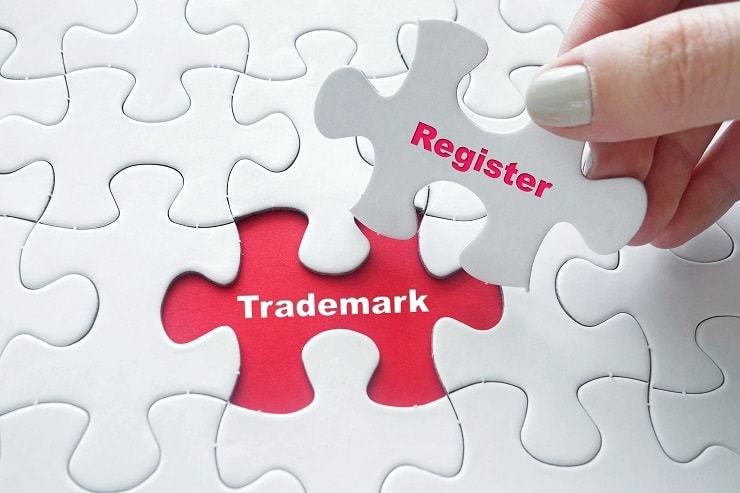
International Trademark Registrations via the Madrid Protocol
© 2003, Dawsey Co., LPA
August 2003
President Bush signed the Madrid Protocol Implementation Act of 2002 in November of 2002 whereby the United States implements provisions of the Madrid Protocol effective November 2, 2003. The Madrid Protocol is an international treaty that will permit U.S. trademark owners to obtain a multi-country International Registration in any of over 55 member countries by filing a single application at the United States Patent and Trademark Office (USPTO). The International Bureau of the World Intellectual Property Organization (WIPO) manages the filing system and maintains the International Register of marks.
The Madrid Protocol does not replace the methods currently used to obtain trademark protection outside of the United States, rather it provides another method for trademark owners to seek interational protection. U.S. applicants seeking international protection currently either file national trademark applications in each country in which protection is sought, or in Europe they may file under the European Union’s Community Trade Mark (CTM) system.
International Registrations are obtained on the basis of a national application or registration in the applicant’s home country. In other words, a trademark applicant must already have applied to register, or have registered, the mark in the applicant’s home country. This home country trademark application or registration is known as the “basic application” or the “basic registration.” Once these conditions are satisfied, the applicant must file an international application with the USPTO within 6 months. The international application is reviewed to ensure it meets certain formalities and is then forwarded to WIPO. The mark is then recorded and the trademark offices of the countries that the applicant designated are notified. Each designated country examines the international application separately. The trademark offices of the designated countries must then approve or reject the international application within 18 months. An approved International Registration then lasts for 10 years and can be renewed indefinitely at 10 year intervals.
The primary benefits of a multi-country International Registration lie in cost savings and administrative efficiencies. For example, under the Madrid Protocol, U.S. attorneys may file the international application in English to cover all other Madrid Protocol countries. Generally, local counsel will only need to be consulted if an application is rejected or opposed in a designated country. Additionally, a single fee is paid to renew the International Registration in all the covered countries.
The primary disadvantage of the Madrid Protocol centers on the so-called “central attack.” If the basic application is withdrawn, or the basic registration is cancelled, during the first five years, then the International Registration will be invalid for all the covered countries. Therefore, the International Registration is dependent on the applicant’s United States’ trademark application or registration for 5 years! However, if the International Registration is centrally attacked, the owner can convert it to a number of national marks within 3 months of the attack in an effort to preserve some areas of protection.
A separate issue, often viewed as a negative of the Madrid Protocol, is that very few of the United States’ top trading partners, that are not CTM countries, are members of the Madrid Protocol. Specifically, Canada, China, Japan, Mexico, South Korea, Singapore, and most Latin American countries are not members. Applicants must closely review the costs associated with filing for registration because it is not always less expensive, or preferable, to automatically file under the Madrid Protocol system. This is particularly true when seeking protection in CTM countries. In fact, use of the CTM system is rapidly becoming a competitive alternative to the Madrid Protocol system as the number of CTM member will increase from 15 to 25 countries by May of 2004. Generally, the main determining factors in choosing the International Registration or the CTM system for EU countries lies in the scope of the applicant’s existing trademark portfolio.
While the Madrid Protocol makes efficient, less costly, international protection available to U.S. applicants, it should not be blindly considered the best option in all situations. One should consult a trademark attorney and consider many case-specific factors in determining whether filing under the Madrid Protocol is the best route for the particular senario.
About Us
Invention-Protection.com
Dawsey IP is dedicated to providing the highest quality intellectual property legal services to clients around the globe. Our intellectual property lawyers pride themselves in knowing our client’s businesses so that we can better educate our clients on the legal risks associated with their business decisions. This often includes strategically monitoring competitor’s intellectual property portfolios, as well as participating in meetings to road map a direction for the future of our client’s patent and trademark portfolios.
Categories
- copyright
- Famous Inventors' Patents
- Firm News
- Historic Patents
- Invention Protection
- licensing
- News
- Newsletters
- Ohio Patents and Innovations from Ohio Inventors
- Patent Application
- Patent infringement
- patent prosecution
- Patents For Your Pets
- trademark
- Trademarks
- U.S. Design Patents
- U.S. Utillity Patents
- Weird and Wacky Patents
